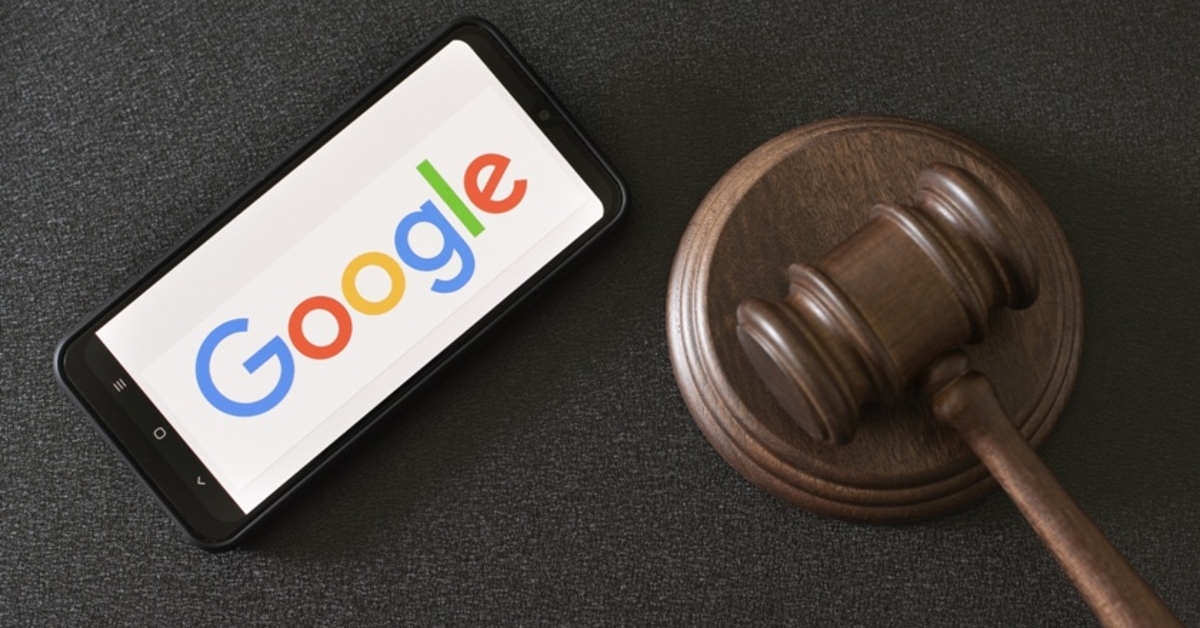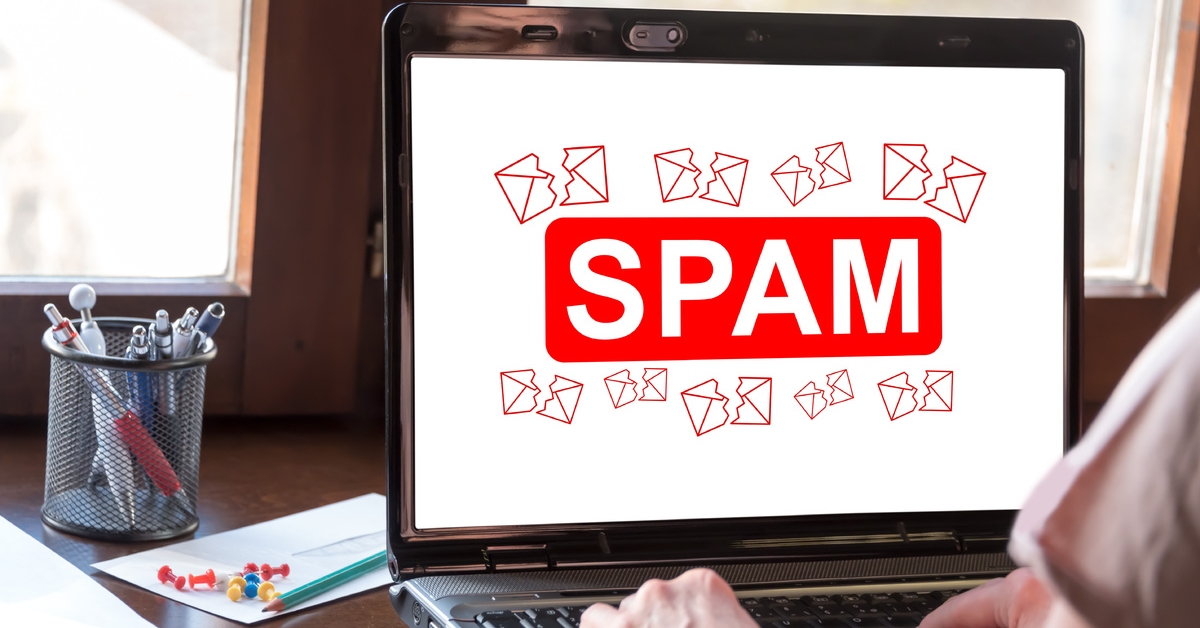
As a business, you increasingly rely on the internet to attract customers and make new connections. That also means that you rely on the search engines, namely Google, to show your website in organic search results for various terms. But, what if something goes wrong?
If your website traffic suddenly drops or you see a decline in your rankings, there’s a chance that you could have received a Google penalty. Google penalizes millions of websites each year for a variety of reasons, and you don’t want to be on the receiving end of a penalty. Here’s what you need to know.
What is a Google Penalty?
A Google penalty means that the rankings for your targeted keywords have dramatically dropped or that your website is no longer listed in the search results at all. When Google penalizes your website, your target audience can no longer find you in the organic results. This can spell disaster for just about any business.
Google penalties can happen to just about anyone. They can be the result of a poor digital marketing strategy but also an honest mistake or misunderstanding. But once you receive a Google penalty, it’s no simple matter to get back into Google’s good graces and recover your previous rankings.
Google penalizes sites in one of two ways - manual actions and algorithmic changes. In both cases, your rankings will drop, and you need to address the issues.
Manual Google Penalties
If you suspect a Google penalty, log in to your Google Webmaster Tools and check to see if you have any notifications from Google. If you’ve been issued a manual penalty, you will have a message. This means that Google looked at your website and decided they didn’t like what they saw.
Algorithmic Changes
Some penalties are automatic, meaning the way your website is set up or how you approached SEO doesn’t fall in line with Google’s latest algorithm. The primary algorithm penalties are related to Panda and Penguin.
Panda penalties are concerned with the quality of your website’s content. Penguin penalties are more focused on your website’s backlink profile.
Why Websites Get Google Penalties
According to Google, these are the most common reasons that your site might receive a penalty:
1. Unnatural Links
Google began targeting websites with link spam in 2012 with its Penguin algorithm update. Before then, it was possible to quickly rank a low-quality website with tons of spammy links. Now, you’ll get a penalty if Google determines that:
- There are unnatural links pointing to your website; or
- Your website is hosting unnatural outbound links.
2. Hacked Website or Spam
Having your website hacked may or may not be your fault, but Google won’t tolerate spammy content in its search results. If you post spammy content or your website is hacked, and the bad people post spam, you can expect to get penalized pretty quickly. Strong site security is the best way to avoid this penalty.

3. User-Generated Spam
We’ve established that Google hates spam. If you’re going to allow comments, guest posts, or host a forum on your website, everything should be closely monitored. If the content doesn’t add value to your website or Google views it as spam, you may receive a manual penalty and find that your website has been deindexed.
4. Thin Content
If you know anything about digital marketing, you understand that quality content is vital for SEO. But, having poor-quality content or not enough content can also trigger a penalty. The common reasons for this type of penalty include:
- Duplicate content
- Spun content
- Auto-generated content
- Low-quality content
- Content that doesn’t address the user’s query
5. Keyword Stuffing and Hidden Text
Keywords are still vital for SEO, but that doesn’t mean you should “stuff” them throughout your content. If you do or try to “hide” keywords on your page by setting your font size to zero, Google will slap your site with a penalty. The best approach is to produce descriptive and informative content and avoid any type of deception.
6. Cloaking and Sneaky Redirects
If you are sending users to different pages than what is shown on Google, and those pages have a different intent than the search query, you aren’t providing a positive user experience. In short, expect a penalty.
How to Recover from Google Penalties
Google penalty removal and recovery isn’t a simple matter. If you receive a manual penalty from Google, you need to fix the issue and make an appeal to Google, asking them to reindex your website. Doing this will put it back in the search engine results and, hopefully, help you regain those lost rankings.
If you received an algorithm penalty, you are probably still ranking in Google, but just much lower than before. Again, the first step is to diagnose the problem. Why did Google penalize your website? Was it duplicate content, site speed, backlinks, site security, or some other issue?
Once you figure out what went wrong, you can fix the problem and wait for Google to reindex your website. Over time, your rankings should improve.
Was It a Penalty or Something Else?
If your rankings drop suddenly, the cause might be a penalty. But it could be something else. For example, Google is constantly applying its algorithm to the different websites that are competing for page one rankings. If a competitor is doing a better job with their SEO, they might simply outrank you, and you need to step up your SEO efforts.
Google penalties can be challenging and costly. The best defense is having a digital marketing strategy designed to avoid Google penalties and a partner that will help you quickly address any roadblocks along the way.
At Connection Model, we take SEO seriously and take pride in offering result-oriented solutions to our clients. Contact us today for a free assessment and to learn more about our services.
Written By: David Carpenter


